Choosing the right climbing shoes can be daunting – from the intimidating rows of colorfully-branded boxes in climbing and outdoors stores, to not knowing how you should feel when trying them on for size. Deciding what type of shoe works best for your climbing goals involves a few factors and careful consideration; but arguably one of the most important is fit. Knowing how to fit climbing shoes isn’t just an exercise in personal comfort, it plays a large role in allowing climbers to get the maximum performance out of their feet while tackling challenging routes and boulders. Keep reading to learn more about selecting the perfect-fitting climber’s shoe!
How Should Climbing Shoes Fit?
Climbing shoes should fit snugly and be comfortable. They should feel tight at first, but not painful. The toe should be slightly curved, and the heel should fit securely without slipping. Keep in mind that climbing shoes will usually stretch over time, so it is generally a good idea to buy shoes that fit snugly rather than loose.
Here are a few tips for finding the right fit:
- Shop in the evening, when your feet are at their largest
- Try on both shoes and walk around the store to make sure they are comfortable
- If you are between sizes, it is generally a good idea to size down
- Remember that different brands and models of shoes fit differently, so be sure to try on a few different pairs to find the one that works best for you
- Consider getting your shoes professionally fitted at a climbing shop. The staff at these stores are often experienced climbers who can help you find the right fit and provide advice on different models and brands.
- Pay attention to the fit of the heel. The heel should fit securely without slipping, but it should not be so tight that it causes discomfort or pain.
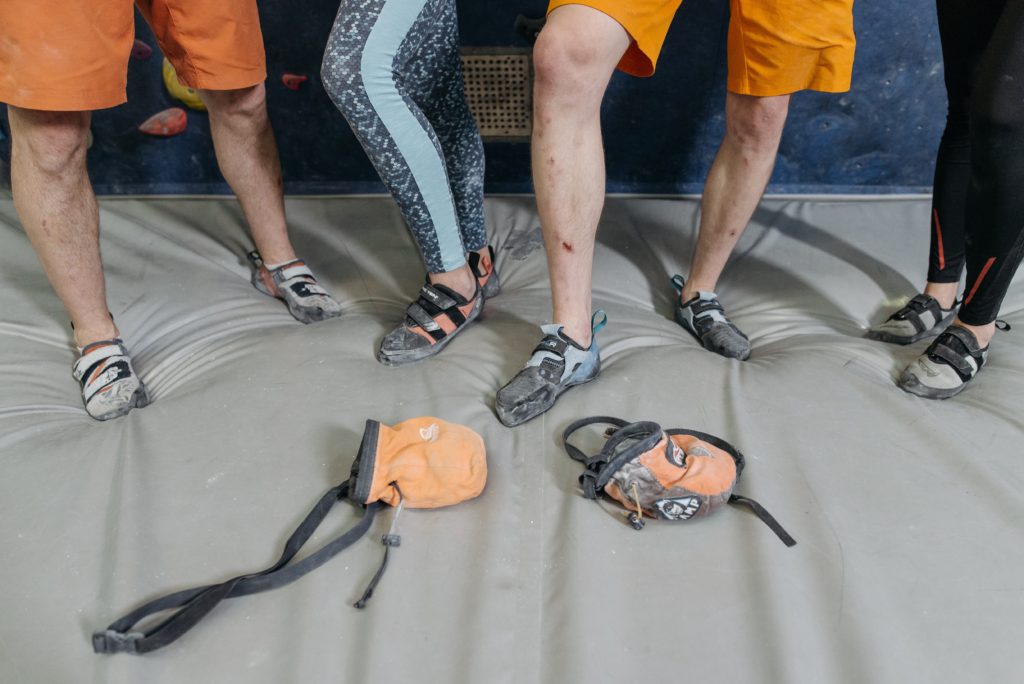
Why are Climbing Shoes Tight?
Climbing shoes are worn tight for a few reasons:
- Tight shoes provide better sensitivity: A tight shoe allows you to feel the rock or wall more accurately, which is important for finding and placing your feet on small holds.
- Tight shoes allow for better precision: When your foot is secure in the shoe, you can be more precise in your footwork, which is especially important when climbing on small holds or overhangs.
- Tight shoes provide better support: A snug fit helps to support your foot and ankle, reducing the risk of injury.
Keep in mind that climbing shoes should be snug, but not painful. It is generally a good idea to size down if you are between sizes, as climbing shoes will usually stretch over time.
Do Climbing Shoes Stretch?
Yes, climbing shoes do stretch. Most climbing shoes are made of leather or a synthetic material that will stretch over time. This is one reason why it is generally a good idea to size down when purchasing climbing shoes. A snug fit will allow the shoe to stretch to your foot shape and provide a comfortable, secure fit.
Keep in mind that not all climbing shoes stretch at the same rate. Some may stretch more than others, and some may not stretch much at all. The best way to determine how much a particular shoe will stretch is to try it on and see how it fits. You can also ask the staff at a climbing shop for their advice on the stretchiness of different brands and models of shoes.
Considering Climbing Shoe Closure
Climbing shoes come in a variety of closures, including lace-up, slip-on, and Velcro. Each type of closure has its own advantages and disadvantages.
- Lace-up climbing shoes offer a customizable fit and can be adjusted to accommodate changes in foot size or swelling during a climb. They are also generally more comfortable and less likely to cause hot spots or blisters. However, they can be more difficult to put on and take off, and they may not be as precise or sensitive as other types of closures.
- Slip-on climbing shoes are easy to put on and take off and can be adjusted quickly. However, they may not offer as much support or customization as lace-up shoes, and they can be more prone to slippage.
- Velcro climbing shoes are a good compromise between lace-up and slip-on shoes. They offer a secure fit and can be adjusted quickly, but they still provide some customization and support. Velcro shoes are also generally easier to put on and take off than lace-up shoes.
Ultimately, the best closure for you will depend on your personal preference and your climbing style. It is generally a good idea to try on a few different types of closures to see which one works best for you.
In Conclusion
Now that you have all the information and resources available to you concerning climbing shoe closure, stretch, fit and sizing, you can now confidently go shopping for and purchase your next pair of climbing shoes. If you go into the process understanding that it needs to be a bit of a personal experience, with the knowledge that there is not one size fits all when getting the best performance from your climbing shoes, then you should have no problem choosing what’s best for you. Depending on your style of climbing, there are different types of closures that may align more comfortably with each individual’s unique needs. So keep this in mind when selecting your perfect fit. Different closures can also add to the overall appearance and feel of the shoe, so pick something that you like! Now that we’ve discussed why climbing shoes are tight and how they should properly fit – how do you like your climbing shoes? Take some time to assess what works best for your progression as a climber by plotting out how tight or loose it fits before heading out on any climbs. Being comfortable prepares even more so in scenarios where concentration levels need to be at its peak.

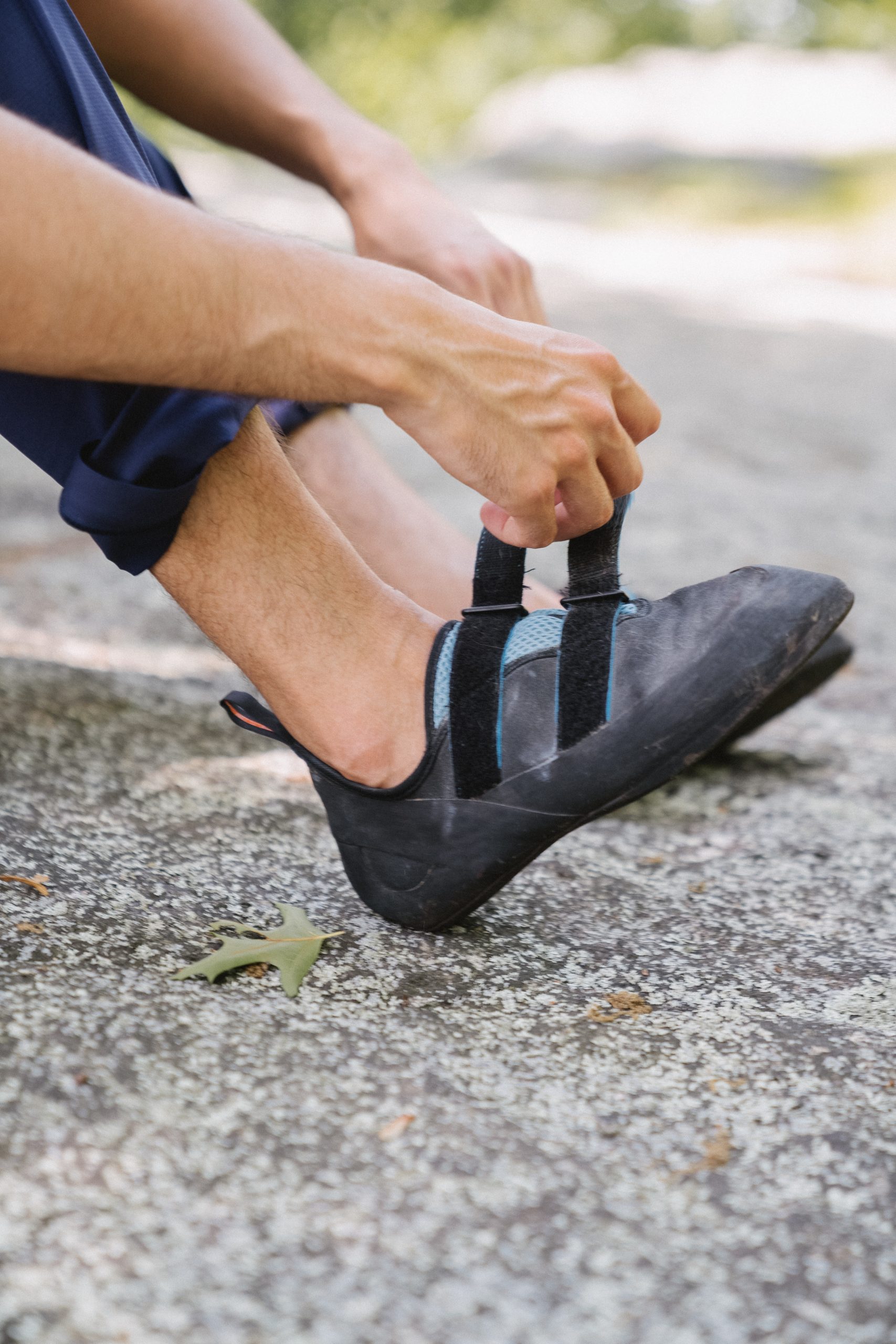
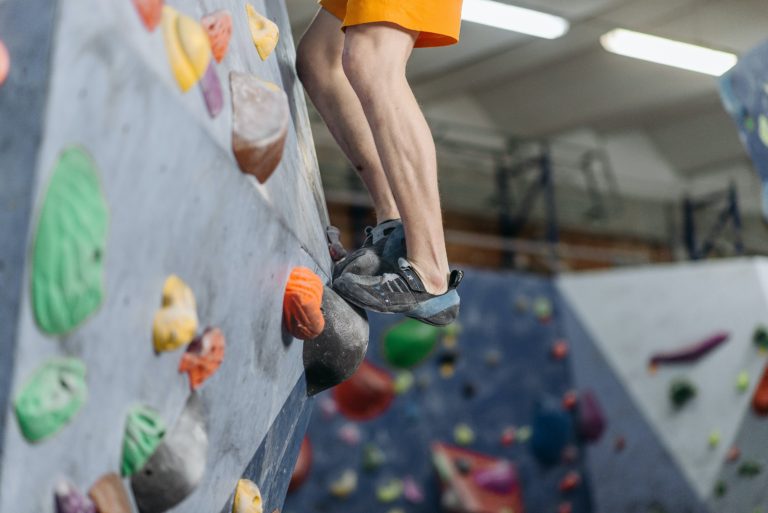
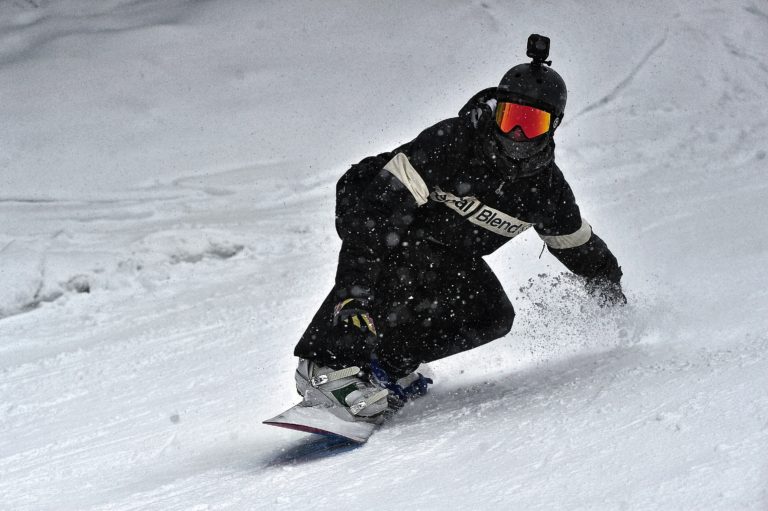
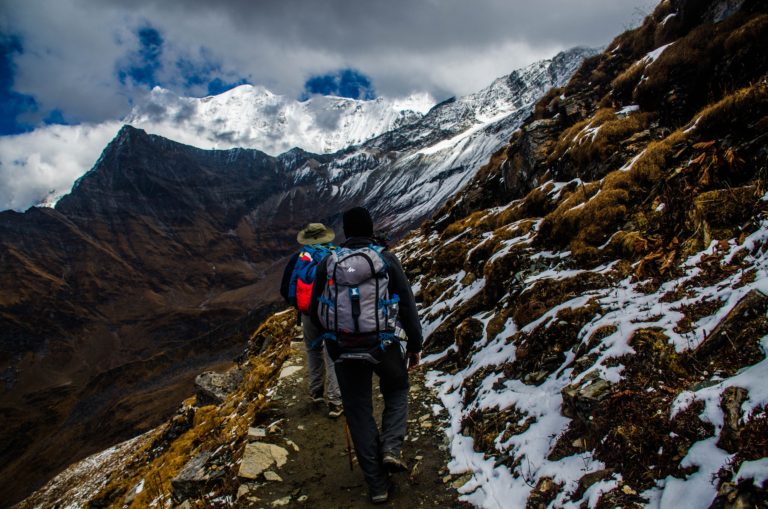
3 Comments